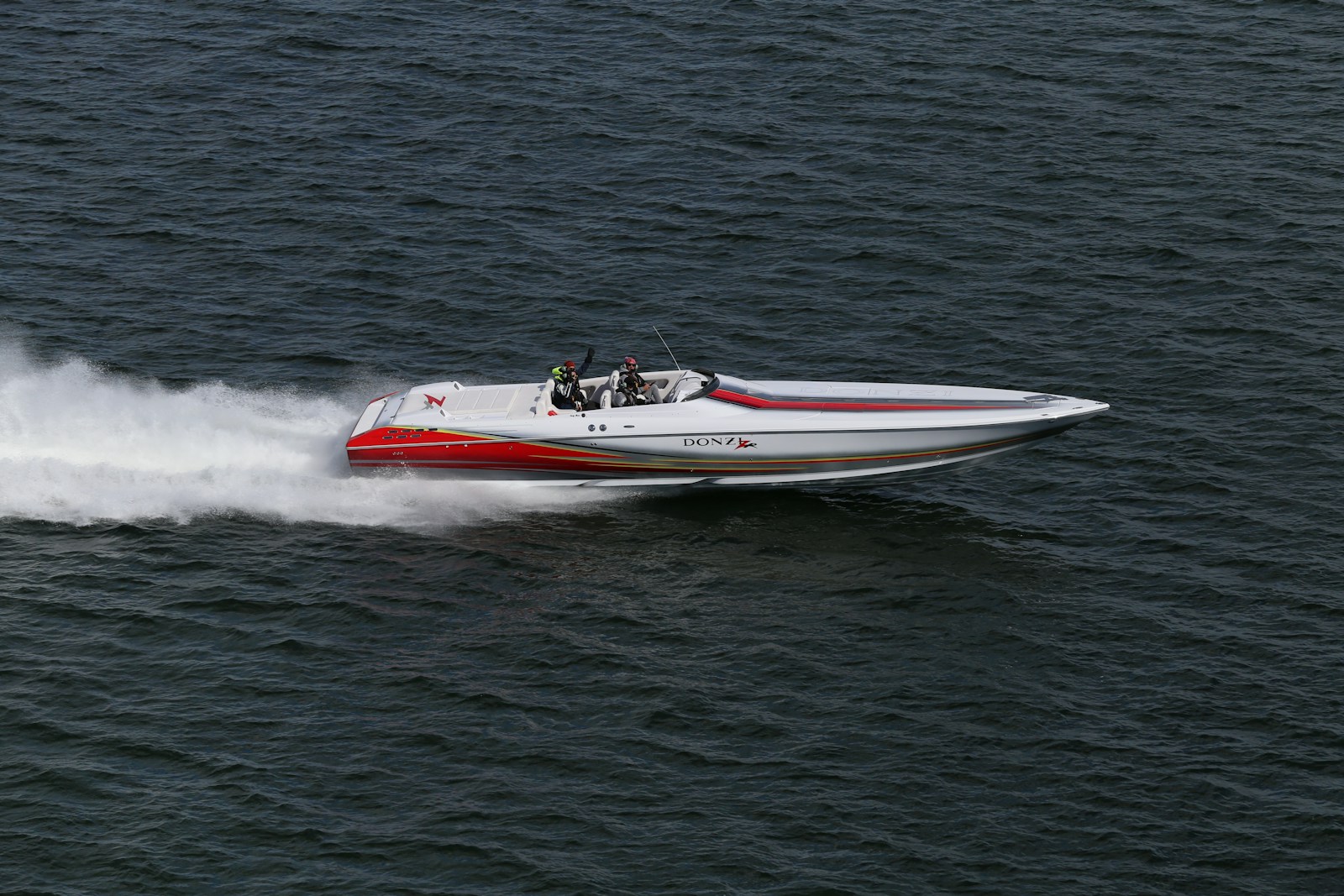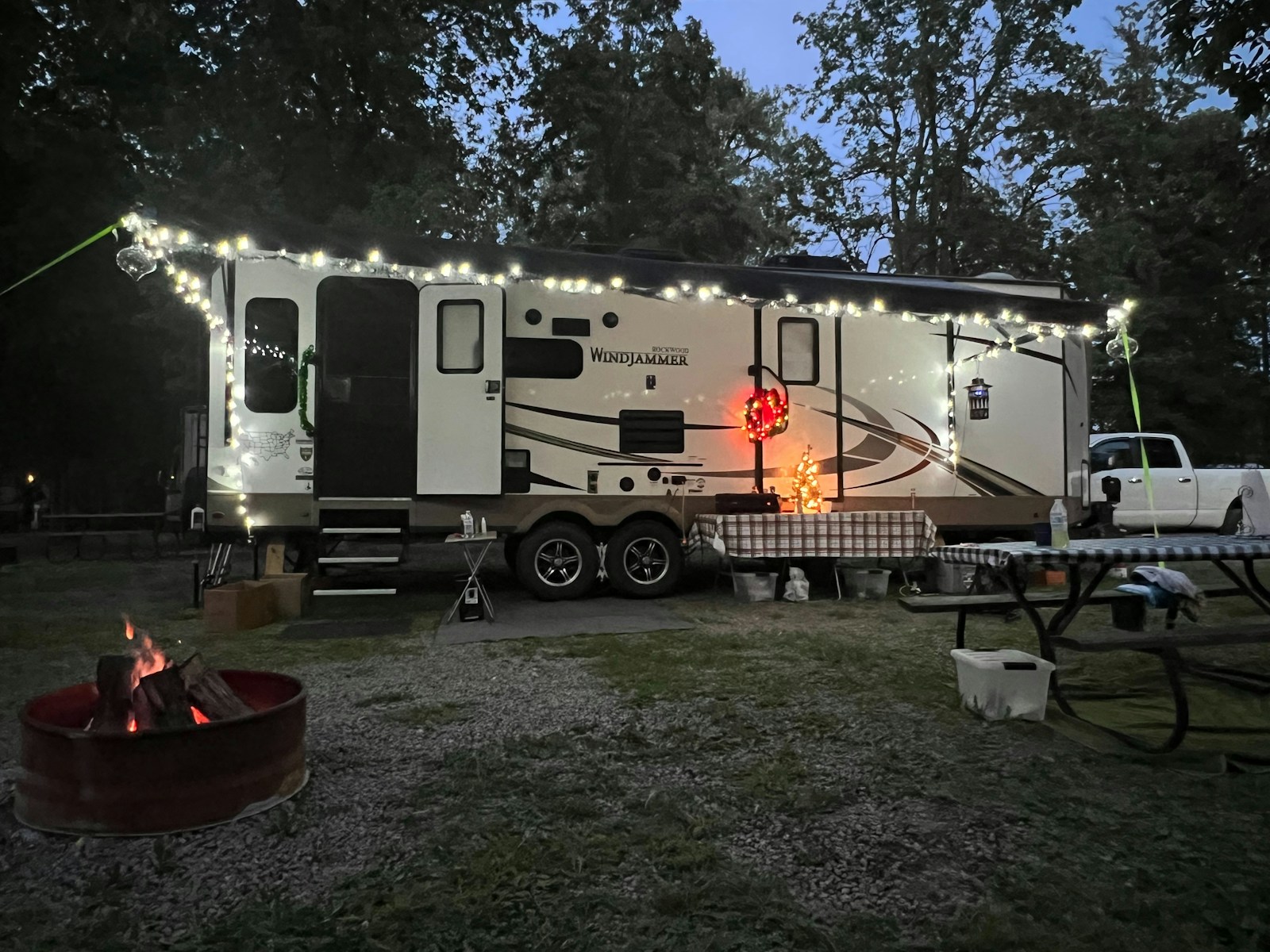Owning and enjoying a boat means more than cruising across open waters; it requires understanding your vessel inside and out. Whether you’ve just dipped your toes into the boating lifestyle or are a long-time enthusiast, familiarizing yourself with a boat’s anatomy helps you stay safe, maximize performance, and communicate effectively with fellow boaters.
This guide will walk you through the essential parts of a boat, from its hull to its propulsion system, so you can better appreciate and care for your vessel. Plus, we’ll share tips on transporting your boat safely to any destination with Interstate Haulers, along with other useful resources like PopSells and Marine Max for buying or selling boats.

Boat Anatomy
Understanding the Front, Back, Left, and Right of a Boat
Every boat owner or enthusiast should know basic nautical terminology. Here’s a quick breakdown:
- Bow: The front of the boat.
- Stern: The rear part of the boat.
- Port Side: The left side of the boat when you’re facing forward.
- Starboard Side: The right side of the boat when you’re facing forward.
Knowing these terms is fundamental to navigating safely and communicating effectively with other boaters.
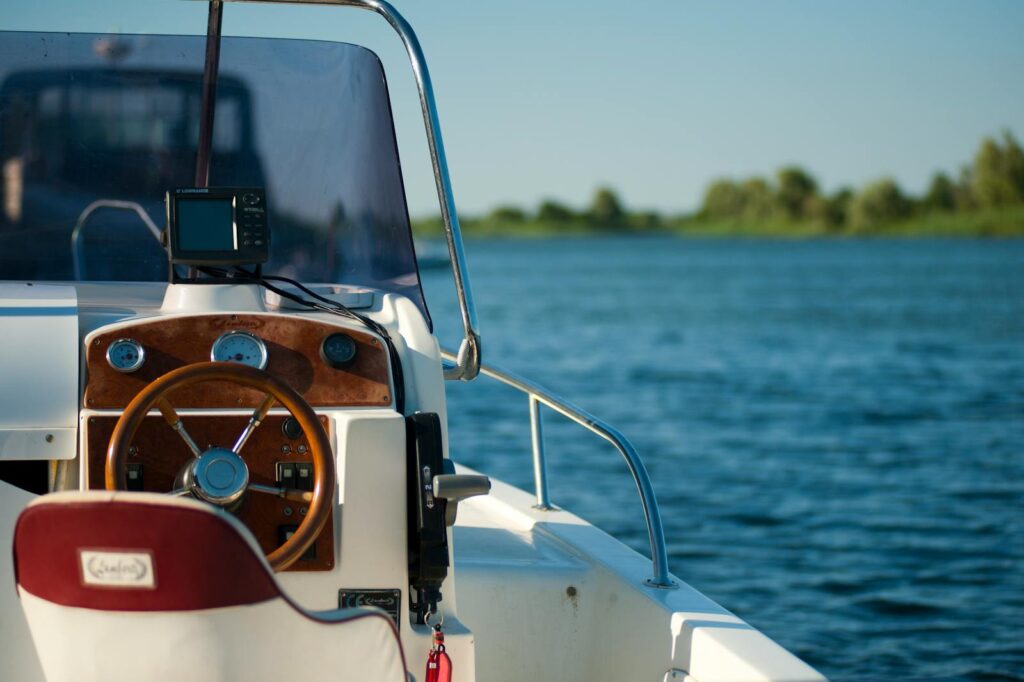
Hull and Structure
Key Components of a Boat’s Hull
The hull is the main body of the boat, providing buoyancy and stability. The structural elements of a boat’s hull, such as the gunwales and keel, contribute significantly to its rigidity, strength, and stability, which are essential for the overall performance of the boat. Hulls come in different types, each designed for specific activities or water conditions:
- Displacement Hulls are ideal for smooth, fuel-efficient cruising.
- Planing Hulls are better suited for higher speeds, skimming over the water.
- Catamaran Hulls (dual-body) offer extra stability and are great for offshore adventures.
Hulls can be made of fiberglass, aluminum, or wood. To keep your hull in top shape, regular maintenance is essential. Address issues like stress cracks or scratches promptly to ensure a longer lifespan.
Boat Materials and Construction
The materials and construction of a boat are fundamental to its performance, safety, and longevity. Here’s a closer look at the most common materials and construction techniques used in boat building:
- Fiberglass: Known for its strength and durability, fiberglass is a popular choice for many boat hulls. It’s resistant to corrosion, making it ideal for both freshwater and saltwater environments. Fiberglass boats are also relatively easy to maintain, which is a big plus for any boat owner.
- Aluminum: Lightweight yet strong, aluminum is often used in smaller boats and fishing vessels. Its resistance to rust and corrosion makes it a practical choice for those who frequently navigate in harsh conditions. Plus, aluminum boats are typically easier to transport due to their lighter weight.
- Wood: The classic choice for boat construction, wood offers a timeless aesthetic and excellent buoyancy. While wooden boats require more maintenance to prevent rot and damage, they are often favored for their beauty and craftsmanship, especially in luxury and classic models.
- Composite Materials: Modern boat construction increasingly uses composite materials like carbon fiber and Kevlar. These materials offer a high strength-to-weight ratio and excellent resistance to corrosion, making them ideal for high-performance and racing boats.
- Hull Design: The design of a boat’s hull is crucial for its performance and stability. Displacement hulls are designed for smooth, efficient cruising, while planing hulls are built for speed, skimming over the water’s surface. Catamaran hulls, with their dual-body design, provide extra stability, perfect for offshore adventures.
- Deck Construction: The deck is where passengers spend most of their time, so it needs to be safe and stable. Decks are typically made from wood, fiberglass, or composite materials, each offering different benefits in terms of durability and maintenance.
- Superstructure: This includes the cabin, cockpit, and other elevated areas of the boat. These structures are usually made from fiberglass, aluminum, or wood, depending on the boat’s design and intended use.
Understanding these materials and construction techniques helps you appreciate the craftsmanship of your boat and make informed decisions about maintenance and upgrades.
Deck and Superstructure
Components of a Boat’s Deck
The deck is the surface of the boat where passengers walk, sit, or lounge. It plays a critical role in supporting people and equipment. Depending on your vessel, the deck could feature:
- A swim platform, perfect for recreational activities like swimming or snorkeling.
- A cockpit, often home to the helm and seating areas, which includes engine controls essential for navigating the boat.
- A cabin, an enclosed space for shelter, storage, or relaxation.
Decks are often reinforced with metal fittings and supports, adding extra rigidity to the vessel’s structure.
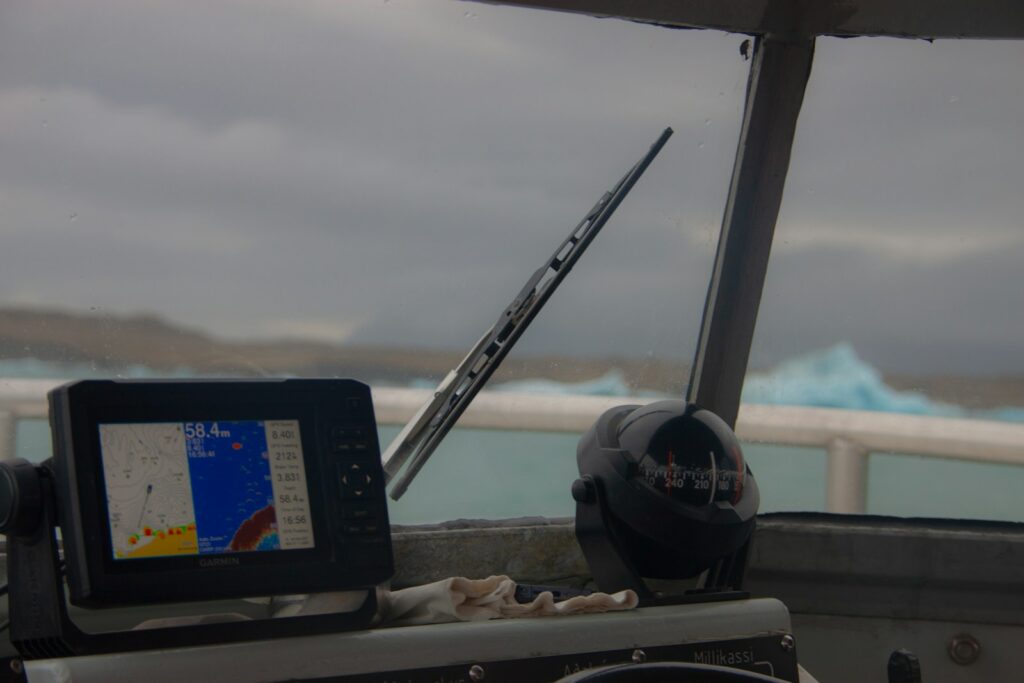
Navigation and Safety
Essential Navigation Lights and Equipment
Navigation lights are a must for any boat, regardless of size. They ensure safe operation, especially at night or in poor visibility. Most boats under 39.4 feet are required to have these lights:
- Red and green sidelights for marking port and starboard.
- White stern lights for visibility from the rear.
Beyond lights, modern boats include GPS systems, radar, and communication devices for precision navigation and safety. Always carry life jackets, flares, and other safety essentials to prepare for emergencies.
Safety Equipment and Regulations
Safety on the water is paramount, and adhering to safety regulations and having the right equipment on board can make all the difference. Here’s what you need to know:
- Life Jackets: Every passenger and crew member must have a life jacket. These are essential for safety and are legally required on all boats. Make sure they are easily accessible and in good condition.
- Flares: In case of an emergency, flares are used to signal for help. They should be stored in a dry, easily accessible location and checked regularly to ensure they are not expired.
- Fire Extinguishers: Fires can happen even on water, so having a fire extinguisher on board is crucial. Regularly inspect them to ensure they are in working order.
- Navigation Lights: Required for boats operating at night, navigation lights help other vessels see you. They must be visible from at least one mile away and include red and green sidelights and a white stern light.
- Safety Inspections: Regular safety inspections help ensure your boat is seaworthy and compliant with all safety regulations. These inspections can identify potential issues before they become serious problems.
- Safety Certifications: Boat owners and operators should obtain safety certifications, such as the Boating Safety Education Certificate. These certifications ensure you understand the rules and best practices for safe boating.
- Regulations: Compliance with boating regulations is essential. This includes adhering to speed limits, proper anchoring, and responsible waste disposal. Staying informed about local and national regulations helps you avoid fines and ensures a safe boating environment for everyone.
By following these guidelines and keeping your safety equipment up to date, you can enjoy your time on the water with peace of mind.
Propulsion and Steering
Understanding a Boat’s Propulsion System
The propulsion system gives your boat its ability to move forward or backward efficiently:
- Propeller: This metal blade, powered by the engine, pushes the boat forward or backward.
- Engine Controls: Includes engine start/stop, throttle, and gear levers for controlling speed and direction.
- Rudder and Wheel: The rudder, controlled by the helm (steering wheel), allows for precise directional control.
Boats may have inboard or outboard motors, each with its benefits. Understanding these systems allows for better, safer handling of your vessel.
Electrical and Plumbing Systems
Understanding Electrical and Plumbing Systems
Modern boats come equipped with vital electrical and plumbing systems:
- Electrical Systems include batteries, generators, and panels to power lights, instruments, and entertainment systems.
- Plumbing Systems handle fresh and wastewater, including pipes, pumps, and fixtures for sinks and showers.
Regularly inspect and maintain these systems for smooth and safe operation.
Communication Systems
Effective communication is vital for safe navigation and emergency situations. Here’s a breakdown of the essential communication systems used on boats:
- VHF Radio: A VHF radio is a must-have for any boat. It allows you to communicate with other boats, shore stations, and emergency services. Make sure you know how to use it and keep it in good working order.
- GPS: The Global Positioning System (GPS) helps you determine your boat’s position, speed, and direction. It’s an invaluable tool for navigation, especially in unfamiliar waters.
- AIS: The Automatic Identification System (AIS) helps you identify and track other boats in your vicinity. This system is particularly useful in busy waterways and can help prevent collisions.
- Satellite Phone: For remote areas where VHF radio may not reach, a satellite phone is essential. It allows you to contact emergency services and other boats when you’re far from shore.
- EPIRB: The Emergency Position-Indicating Radio Beacon (EPIRB) sends distress signals to rescue services in an emergency. It’s a critical piece of safety equipment that can make a significant difference in a life-threatening situation.
- Communication Protocols: Knowing the correct communication protocols, such as Mayday for emergencies and Pan-Pan for urgent but non-life-threatening situations, ensures clear and effective communication.
- Radio Etiquette: Proper radio etiquette is essential for clear communication. This includes speaking clearly, using the correct channels, and following established procedures.
By understanding and properly using these communication systems, you can navigate safely and respond effectively in emergencies.
Bilge and Drainage
Understanding the Bilge and Drainage System
The bilge is the lowest point of a boat, where excess water collects. A bilge pump removes this water to prevent accumulation, ensuring the boat doesn’t become waterlogged. Regular bilge maintenance (cleaning and inspecting for leaks) is crucial for your vessel’s overall health.
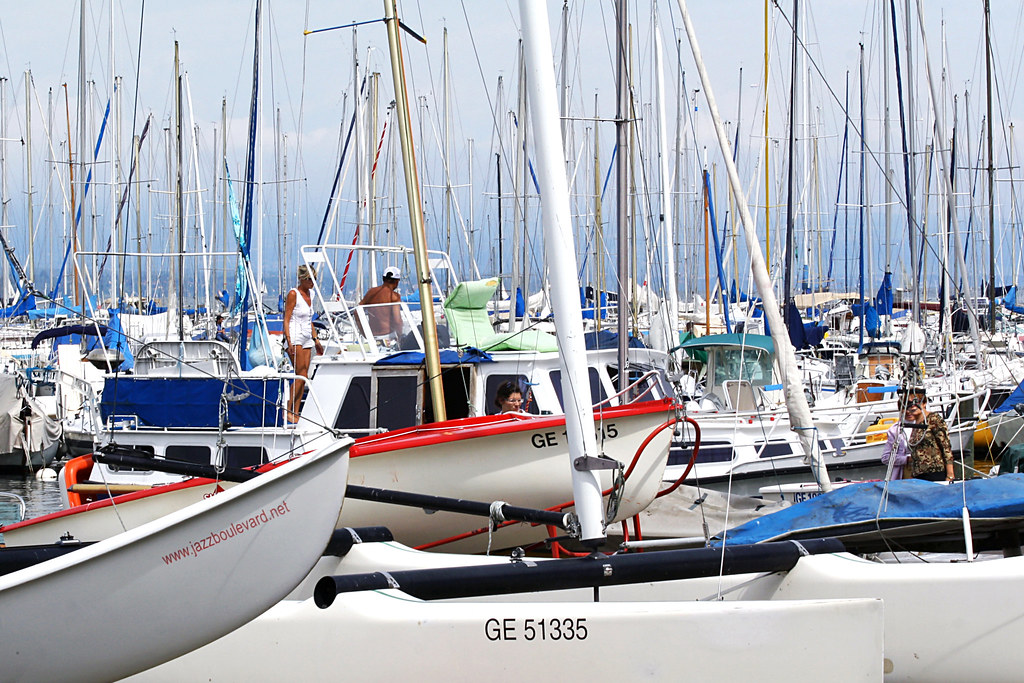
Key Boat Parts
Important Components of a Boat
Aside from the hull, deck, and propulsion system, other key parts of a boat include:
- Transom: The rear part of the boat where engines are often mounted.
- Gunwale: The upper edge of the hull, adding structural integrity.
- Cabin: A versatile enclosed space for storage or leisure.
- Cockpit: The area with the helm (steering control) and seating, essential for navigating and socializing.
Each part plays a unique role in maintaining the boat’s functionality and comfort.
Measuring a Boat
Understanding Key Measurements and Distances
Accurate measurements are vital, especially when transporting or docking your boat:
- Length (LOA): Measured from bow to stern.
- Beam: The widest point of the vessel, measured from port to starboard.
- Draft: The distance from the waterline to the bottom of the hull.
Knowing these dimensions helps confirm whether your boat fits specific slips, trailers, or hauling guidelines.

Expert Boat Transport with Interstate Haulers
When it comes to transporting your boat safely and efficiently, trust Interstate Haulers. Whether your boat is on its own trailer or not, their experienced drivers handle nationwide pickups and deliveries with care.
Client Testimonial:
“Interstate Haulers made moving my sailboat stress-free. Their team was professional, and the process was seamless!” – Emily, NY.
Interstate Haulers also offers transport for RVs, travel trailers, and industrial trailers. Need RV movers? Click here to learn more.
Resources for Buying or Selling Boats
Looking to purchase or sell a boat? Check out PopSells and Marine Max, trusted names in boat brokerage and marine retail. They offer a wide selection of boats and expert advice to match you with the perfect vessel.
Mastering Boat Anatomy and Maintenance
Understanding the parts of a boat isn’t just about terminology; it’s about becoming a confident, responsible boat owner. From routine maintenance to effectively communicating with other boaters, this knowledge is key to safe and enjoyable experiences on the water. Should you need assistance transporting your vessel, rely on Interstate Haulers to provide professional, hassle-free service.
Contact Interstate Haulers today to ensure your boat gets wherever it needs to go, safely and securely.
Boat Maintenance Tips
Regular maintenance is key to keeping your boat in top condition. Here are some essential tips to help you maintain your vessel:
- Regular Inspections: Conduct regular inspections to identify and address maintenance issues before they become major problems. Check the hull, engine, electrical systems, and safety equipment.
- Cleaning: Keep your boat clean to maintain its appearance and performance. Regularly wash the exterior and clean the interior to prevent mold and mildew.
- Lubrication: Proper lubrication of the engine and other mechanical systems is crucial for their longevity and performance. Follow the manufacturer’s recommendations for lubrication schedules and products.
- Storage: Proper storage is essential for maintaining your boat’s condition. Store your boat in a dry, covered area when not in use, and use a boat cover to protect it from the elements.
- Winterization: If you live in an area with cold winters, winterizing your boat is essential. This includes draining water from the engine and plumbing systems, adding antifreeze, and protecting the boat from ice and snow.
- Maintenance Schedules: Follow a maintenance schedule to ensure regular tasks are performed on time. This includes engine servicing, hull inspections, and safety equipment checks.
- DIY Maintenance: Performing routine maintenance tasks yourself can be cost-effective. However, it’s essential to follow proper procedures and safety protocols to avoid damaging your boat or injuring yourself.
By following these maintenance tips, you can ensure your boat remains safe, reliable, and ready for your next adventure on the water.

Conclusion
Mastering boat anatomy and parts is essential for safe and effective navigation. By understanding the different parts of a boat, including the hull, deck, and superstructure, boat owners and operators can identify potential issues and perform routine maintenance tasks. Additionally, understanding safety equipment and regulations, communication systems, and boat maintenance tips can help ensure a safe and enjoyable boating experience.
Learn More About Boats
Expanding your knowledge about boats can greatly enhance your experiences on the water. Here are some helpful resources to explore:
- Discover Boating – A comprehensive guide for new and experienced boaters alike, offering tips on buying, maintenance, and safety.
- BoatUS – A credible source for boating education, insurance, and 24/7 towing services.
- U.S. Coast Guard Boating Safety Division – Stay informed about boating safety regulations and resources provided by the U.S. Coast Guard.
- American Sailing Association – Perfect for those interested in sailing, with courses, certifications, and sailing community connections.
- BoaterExam – For boaters looking to obtain their boating license or learn more about watercraft laws and safety certifications.
- Mariner’s Learning System – Offers professional and recreational mariner education, including captain’s license courses and study materials.
- Nautical Charts Online – A valuable resource for navigation, providing free access to official U.S. nautical charts.
- Sailrite – Ideal for DIY enthusiasts, offering supplies and instructions for boat maintenance, upholstery, and custom sails.
- Go Boating America – Promotes recreational boating and provides resources for discovering destinations and enjoying waterways.
- The Weather Channel – An essential tool for checking weather forecasts and conditions before heading out on the water.
Make use of these trusted sources to deepen your understanding and enjoy a safer, more rewarding boating experience.

